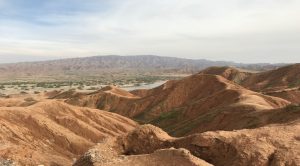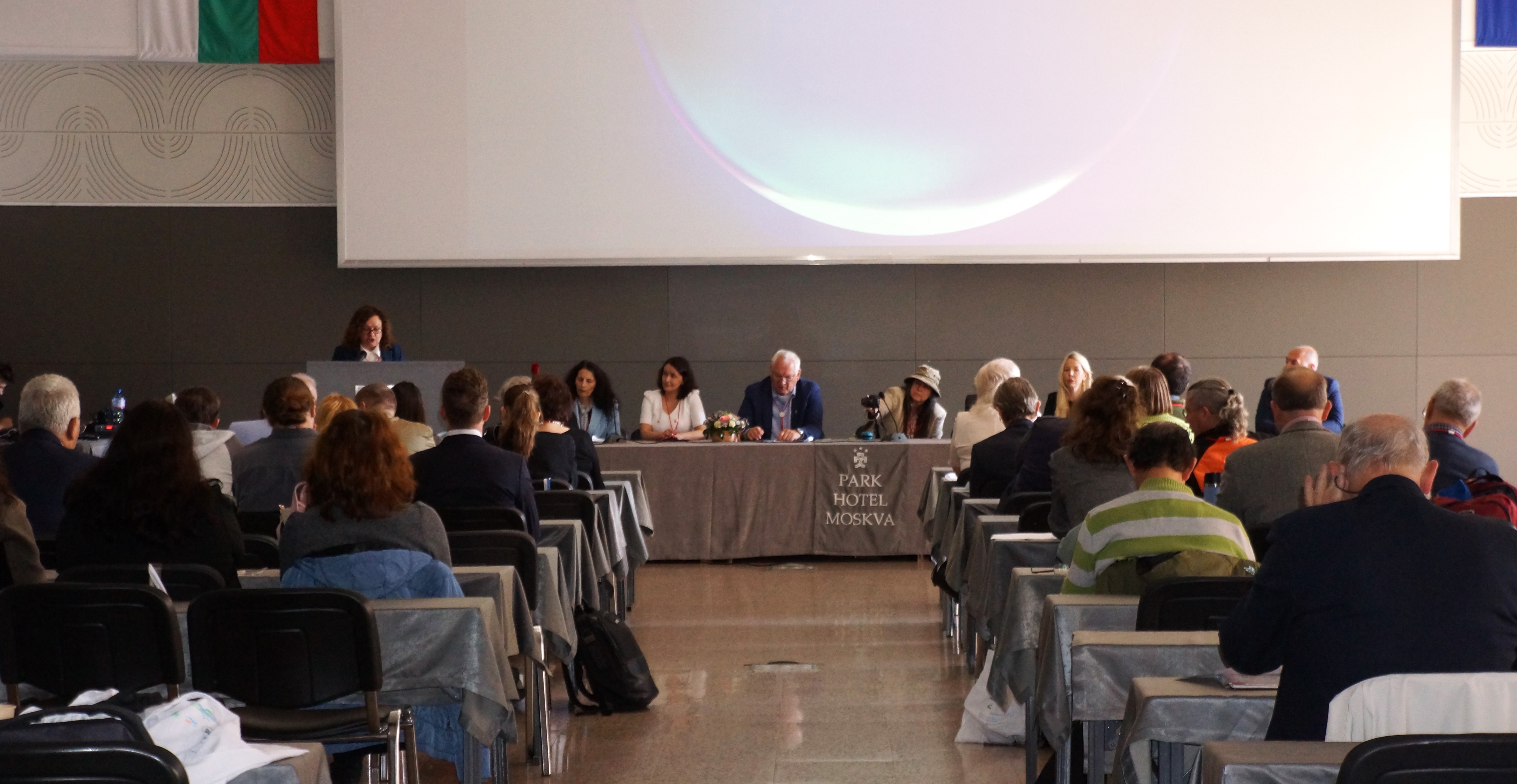An international team of paleontologists, in which one of the lead authors is Prof. Nikolai Spassov from the National Museum of Natural History of BAS, has published new data and arguments for the dispersal of mammalian fauna and our human ancestors from Eurasia to Africa millions of years ago.

Zagros Mountains in Iran on the border with Mesopotamia (photo by Prof. M. Böhme)
The idea that the formation of Sahara and the Arabian Desert was once a barrier to faunal exchange between Eurasia and Africa was put forward in the 1980s. At the same time, according to another hypothesis from the late nineties, the roots of today’s mammalian fauna of the African savanna are linked to the “Pikermian” savanna biome of the Late Miocene (from more than 5.3 mln years ago), mainly spread between the Balkans and Iran.
These days, a study started three years ago was published in one of the journals of Nature (Nature Communication Earth & Environment), which fleshes out these claims by showing that the formation and development of the Arabian Desert had a decisive influence on the intercontinental migration and evolution of mammalian megafauna and of our human ancestors over millions of years.
The study involved scientists from Germany, Bulgaria, Iran, Egypt and Canada. The concept of the study is by Prof. Madeleine Böhme from the University of Tübingen (the first author of the publication) and the paleofaunistic analysis was mainly carried out by Prof. Nikolai Spassov from the National Museum of Natural History at BAS. The study reconstructs the natural setting and climate between 12.5 and 2.5 mln years in the northern parts of the Arabian Peninsula and southern Iran based on data obtained from the study of the continental deposits of the Zagros Mountains (Iran).
The faunistic analysis provides new insights into former intercontinental animal migrations and explains the specific reasons for this. It shows that at the end of the Miocene and mainly during the Messinian (7.2 -5.3 mln years), the penetration of faunas via the “Arabian Way” seems to have occurred only from Eurasia to Africa. Then the ancestors of the giraffe and the white “African” rhinoceros, known from the Hipparionian Balkan fauna, arrived in Africa. This is also a new argument in support of a previous thesis of the authors of the article regarding the first African ancestors being migrants from the Balkans via the Eastern Mediterranean. During the Pliocene, the powerful development of the Arabian Desert halted this process of dispersal for 2.3 mln years. Since the end of the Pliocene, following a new moment of humidification and climate warming, about 3.3 mln years ago, faunal exchange has resumed again, this time in both directions. Then the representatives of dogs and goats appeared in Africa, and the first mammoths migrated into Eurasia.





